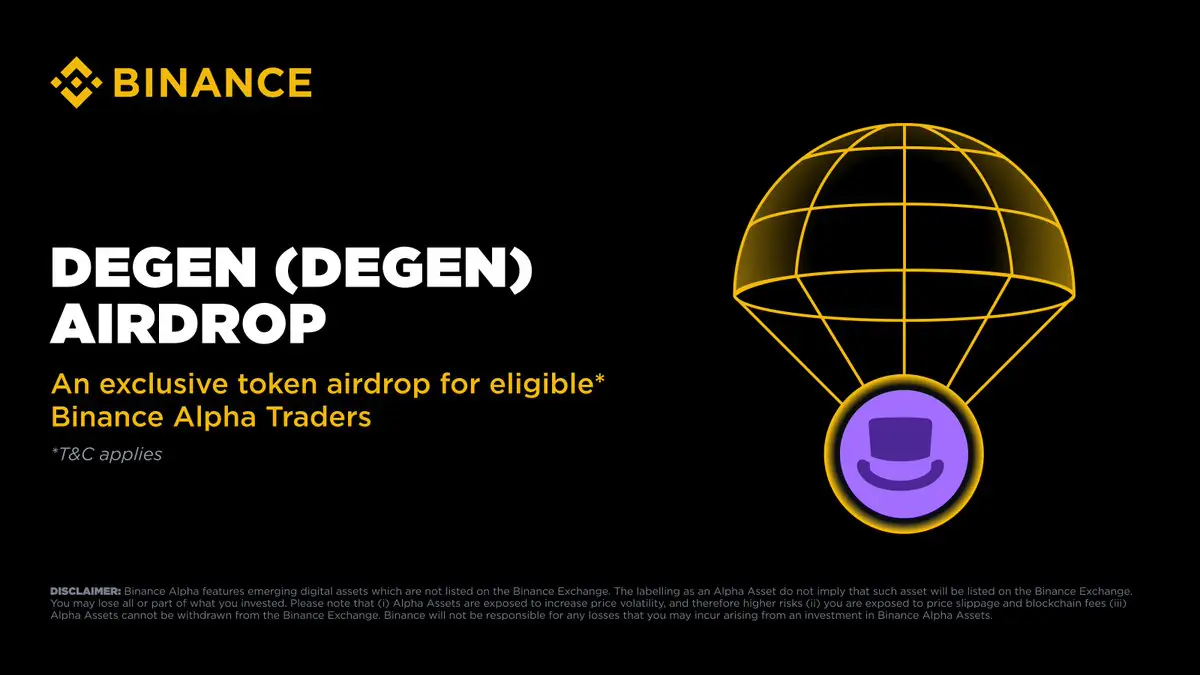
This move marks a pivotal moment in Ripple XRP news, reinforcing XRP’s status as more than just a cross-border payments token.
While some market participants hoped the launch would trigger an immediate 7–10% price jump, analysts emphasize that the longer-term significance outweighs any short-term volatility. According to crypto analyst Austin Hilton, “This isn’t just about a quick pump—it’s about the institutionalization of XRP as a credible financial asset.”
CME Futures Open the Door to Wall Street
The new CME contracts are cash-settled, meaning traders won’t own XRP tokens directly but can speculate on their price movements. This setup aligns with institutional strategies that prioritize compliance and risk management. Now, hedge funds, asset managers, and other sophisticated market players have a regulated avenue to gain exposure to XRP.

CME has officially listed XRP futures contracts on its Globex platform, drawing increased attention from institutional investors. Source: Good Morning Crypto via X
Aj Allen, a veteran trader and active member of the XRP community, explained how this development bridges a long-standing gap: “This gives traditional finance players access to XRP without touching the underlying asset. That’s a massive win for institutional adoption.”
Such institutional traction could also lend strength to XRP’s case for future spot ETF approval, following the precedent set by Bitcoin and Ethereum, whose spot ETFs were greenlit only after their futures were well-established.
What History Suggests About Post-Futures Performance
However, optimism should be balanced with caution. Historical data shows that both Bitcoin and Ethereum experienced price drops shortly after their futures launched. Bitcoin’s CME debut in 2017 was followed by a 30% decline within days. Ethereum saw a similar fate after its futures launched in early 2018.

Although CME futures don’t involve owning XRP, their pricing can significantly influence XRP’s spot price on exchanges where the actual coin is traded. Source: AJ via X
Allen warned, “Futures markets can introduce short-term volatility. They create opportunities for professional traders to engage in arbitrage and basis trading, which often puts downward pressure on spot prices.”
Basis trading involves exploiting the difference between spot and futures prices. In a contango scenario (where futures trade above spot), traders might short futures and buy spot XRP. In backwardation, they may reverse the strategy. While these dynamics contribute to market efficiency, they also introduce unpredictable short-term movements.
Technical Outlook: Is a Breakout or Pullback More Likely?
At Monday, XRP was trading at about $2.35, having surged 3% briefly on Sunday. The price quickly rolled over, however, and shed most of those gains. The analysts note that XRP is struggling to break decisively above a key resistance band between $2.41 and $2.45—a liquidity-rich area traditionally regarded as a “point of control” in technical theory.

If XRP holds its daily channel, a breakout next week could push it above the 3.68 Fibonacci level. Source: Elenigma080 on TradingView
If XRP is unable to pierce through here with decent volume, a correction lower towards the $2.28–$2.26 support region is more probable. The on-chain indicators also show waning bullish momentum, with the Relative Strength Index (RSI) near the middle value of 52. A drop below 50 might signify an even quicker correction.
Further, the Moving Average Convergence Divergence (MACD) signal is approaching a bearish crossover on the daily chart. If confirmed, it would reinforce a near-term bearish sentiment.
Ripple’s Evolution and the Bigger Picture
The significance of XRP’s futures listing goes far beyond its short-term price behavior. It underscores Ripple’s greater ambition to put blockchain technology into the mainstream of finance. The listing comes as Ripple is gradually emerging from its long-standing legal drama with the SEC—a case that has filled XRP headlines and investor sentiment since late 2020.
While the XRP suit continues, the fact that CME viewed XRP as mature enough for a futures product lends credibility to Ripple’s status in regulation and institutions. It also breeds speculation for potential partnerships with institutions like Bank of America, which Ripple has already been linked to.
Ripple CEO Brad Garlinghouse has been clamoring for regulatory clarity and institutional adoption for a long time now. While he hasn’t directly mentioned the CME launch, the move aligns just right with his vision for the future for Ripple XRP’s position in worldwide finance.
A Foundational Step for Ripple’s Market Position
The CME futures launch may not instantly skyrocket XRP value, but it does cement XRP’s place among digital assets viewed as viable tools for institutional trading. It also enhances the asset’s utility beyond the Ripple ledger and Ripple exchange use cases.

XRP was trading at around $2.31, down 3.26% in the last 24 hours at press time. Source: XRP Liquid Index (XRPLX) via Brave New Coin
Even if near-term price movement remains subdued or volatile, the futures product lays the groundwork for deeper market integration, potentially influencing everything from the Ripple currency price to the trajectory of a future Ripple spot ETF.
Final Thoughts
In summary, while XRP’s immediate price reaction to the CME launch remains mixed, the long-term implications are clear. The event signals XRP’s evolution from a fintech utility token to a globally recognized investment vehicle. Whether the short-term outlook brings a rally or a retracement, the CME futures launch marks a defining moment in Ripple’s journey.
As more institutional players engage with XRP through regulated instruments, and the Ripple lawsuit update continues to progress, XRP could be poised for broader adoption, one future contract at a time.


 1 month ago
10
1 month ago
10 










 Bengali (Bangladesh) ·
Bengali (Bangladesh) ·  English (United States) ·
English (United States) ·